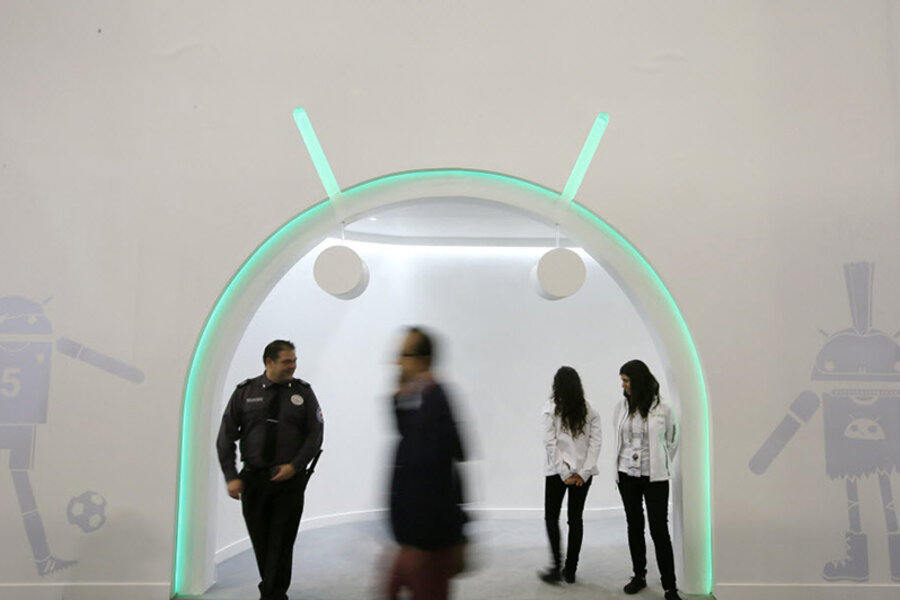With Google Hands Free, you can pay without reaching for your phone
Loading...
On Wednesday, Google launched an experimental mobile payment system that lets you pay for something without removing your phone from your pocket.
The app, known as Hands Free, which works on phones that use iOS and Android, uses Wi-Fi, Bluetooth, and location services to see whether you’re nearby a retailer participating in the program.
Instead of tapping a phone against a reader, the service allows a customer to simply tell the cashier, “I’ll pay with Google.”
The clerk then confirms your identity by asking for your initials and confirming with a photo uploaded to a user’s profile on the app.
Currently, the service is only available in the southern part of the San Francisco Bay Area at stores such as McDonald’s, Papa John’s, and some local retailers.
The company says it wanted to build on Android Pay, the Google-owned payment service that allows users to make payments using a smartphone app.
“We also wanted to explore what the future of mobile payments could look like,” wrote Pali Bhat, a senior director on the Hands Free project, in a blog post.
While the company says its gotten 1.5 million new registrations in the US each month since it launched that service last September, many Americans have been slow to warm to the idea of mobile payments despite offerings from Apple, Samsung, and others.
In recent years, mobile payment services have gained a more solid footing in Asia, Europe, the Middle East, and some parts of Africa (Kenya’s text message-based mPesa – which launched in 2007 – is often cited as one of the most widely used systems), the entrenched dominance of credit cards in the US has slowed their adoption, analysts say.
Google says it's also working to expand that technology to include systems that would confirm a users’ identity by taking a picture using an in-store camera and then matching that with the picture a user had uploaded to their profile on the Hands Free app.
In an acknowledgement of the privacy concerns that technology might raise, Mr. Bhat notes that all the images captured by the Hands Free camera system would be deleted immediately.
Other companies have also experimented with using customers’ images as a means to pay for items, including efforts launched by Square and PayPal, though they haven’t always been successful, notes tech site The Verge.
MasterCard is also testing a similar facial recognition system it dubs “selfie pay” in trials in the US and Netherlands, with plans to bring it to the UK and 14 other countries later this year. The company argues that – dystopian concerns aside – the system could help reduce identity theft.
“Consumers are really loving it,” Ajay Bhalla, president of enterprise security solutions at MasterCard, told the Financial Times, referring to trials in the Netherlands and the US. In a more sci-fi-inspired move, the company says it is also testing iris and voice scanning as a means to prevent fraud.
While it's likely too early to see whether hands-free payments could eventually come to surpass existing mobile payment systems (or credit cards and cash), tech companies are pointing particularly to their convenience.
“Imagine if you could rush through a drive-thru without reaching for your wallet, or pick up a hot dog at the ballpark without fumbling to pass coins or your credit card to the cashier,” wrote Google’s Bhat.





